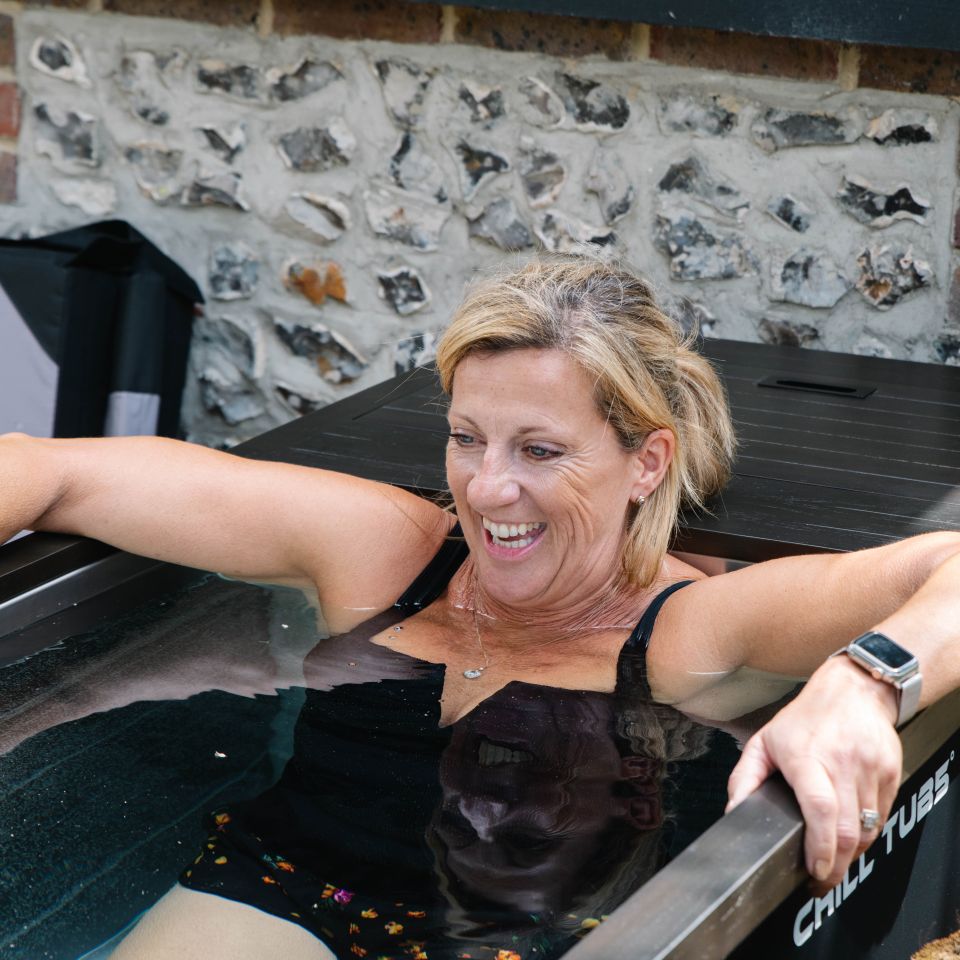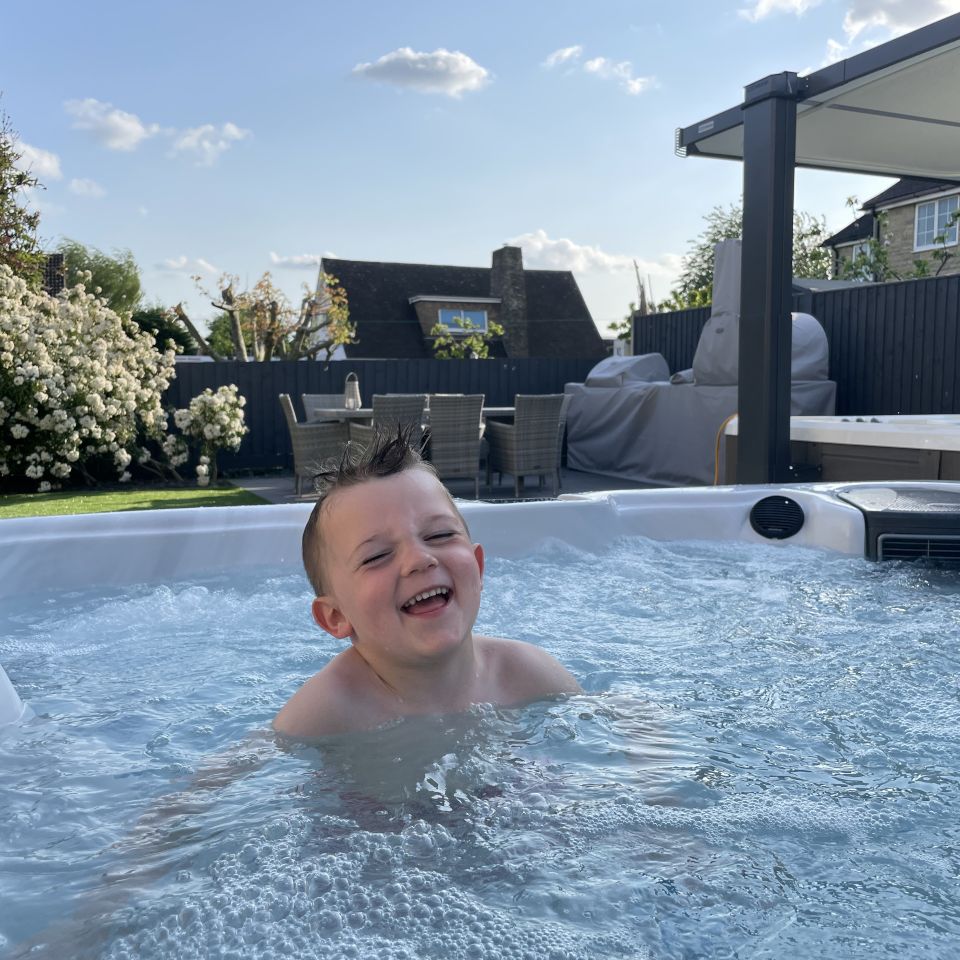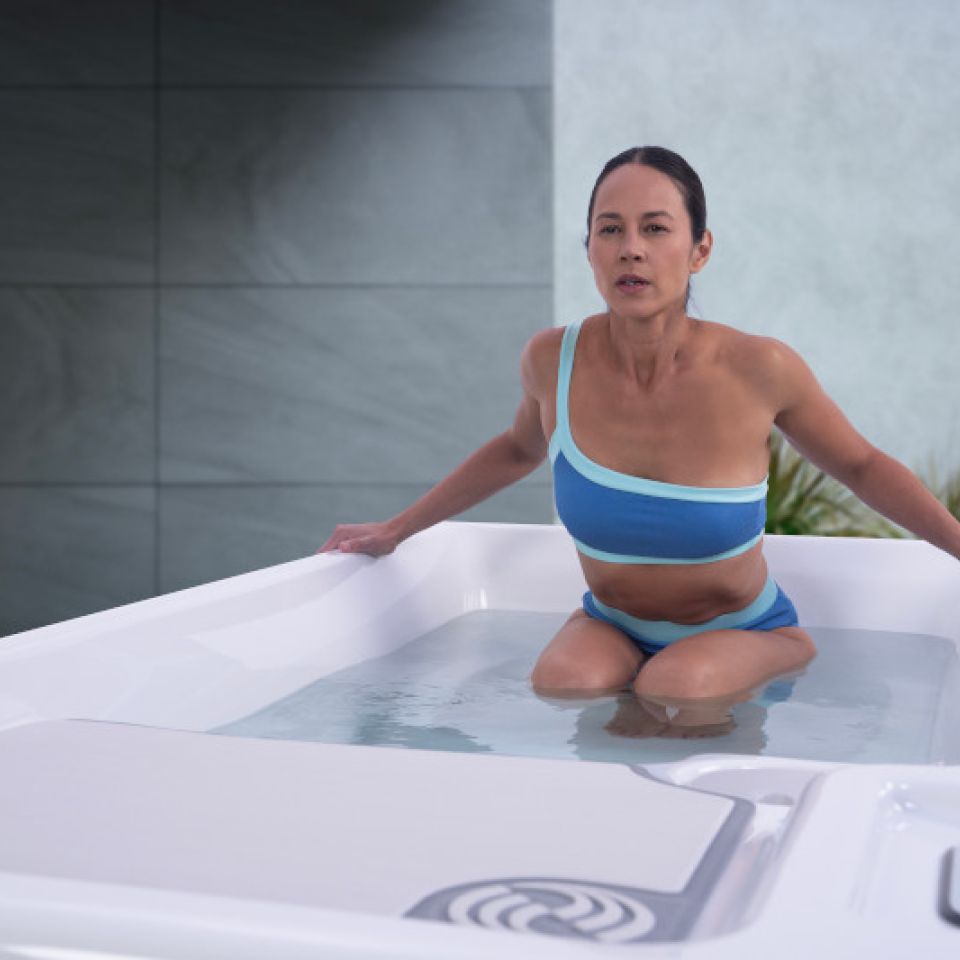The Surprising Power of Cold

What Winter Swimmers Can Teach Us About Energy, Fat and Thermoregulation
You’ve probably seen it on Instagram: someone boldly plunges into an ice-cold lake, gasping for breath and radiating triumph. But behind the trend (and the goosebumps) lies a surprisingly powerful question:
What actually happens to the body when you regularly combine cold-water dips with heat—like a sauna?
A Danish research team decided to find out. And what they discovered isn’t just interesting—it’s potentially life-changing for how we think about fat, energy, and our own resilience.
The basics: a tale of two groups
The study compared two groups of young, healthy men:
- Winter swimmers who took icy dips 2–3 times a week and usually followed them with sauna sessions
- Non-swimmers who were matched in age, fitness and body type—but didn’t use cold or heat therapies
Researchers measured their brown fat activity, metabolism, body temperature (core and skin), hormone levels, and even what their bodies were doing overnight while they slept.
What is brown fat, anyway?
Let’s talk fat—but the good kind.
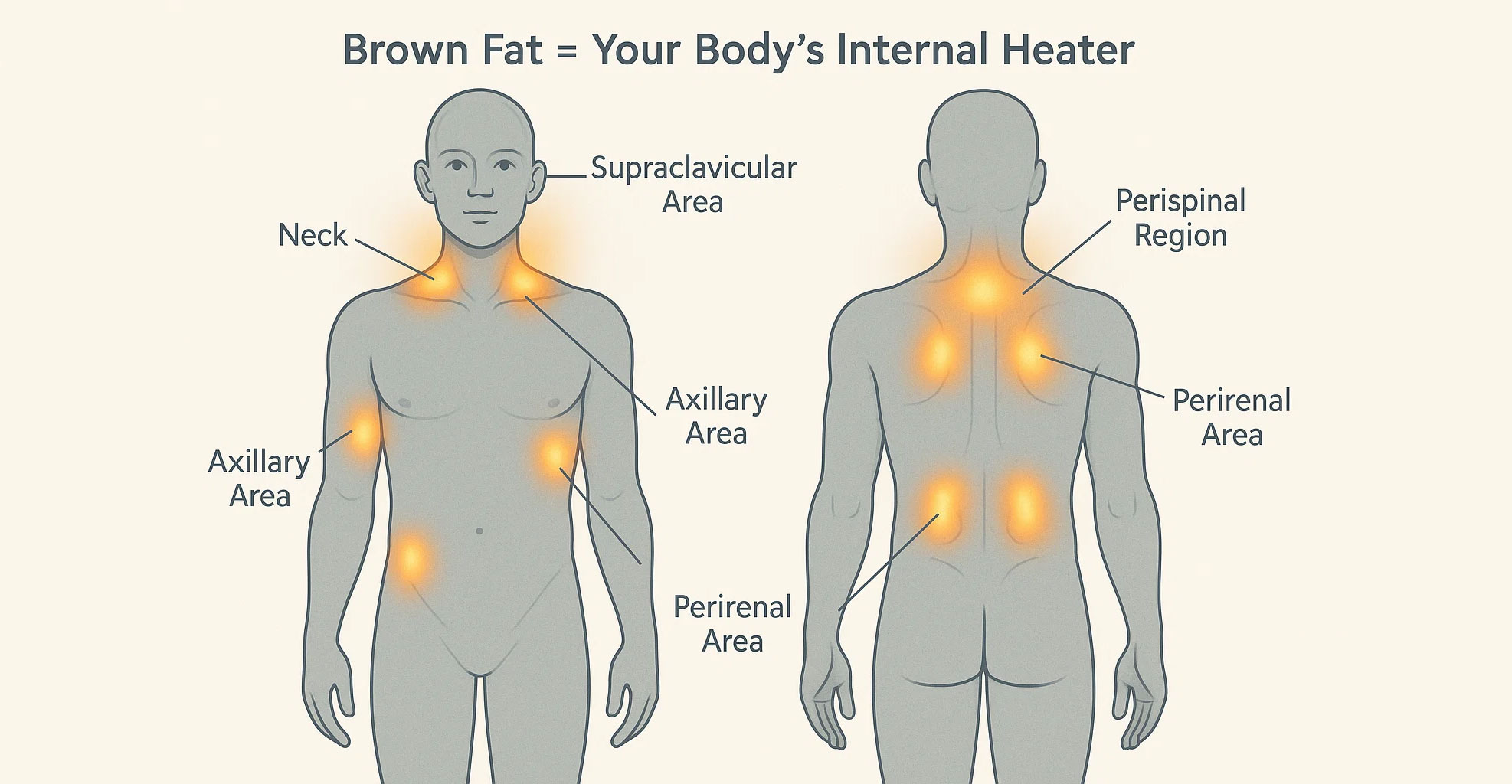
Brown adipose tissue, or BAT, is not the jiggly stuff we want less of. It’s a specialised kind of fat your body uses to generate heat. It’s mostly found in the neck and upper back, and it’s packed with mitochondria—the little engines in our cells that burn energy.
In short: brown fat is your body’s internal heater. When you're cold, it kicks into gear to warm you up by burning calories.
1. Winter swimmers run cooler—but burn more when cold
Here’s where it gets wild.
At rest, in a comfortably warm environment, winter swimmers actually had a lower core body temperature than the non-swimmers. Their brown fat showed no measurable glucose activity at all—while the other group’s was mildly active.
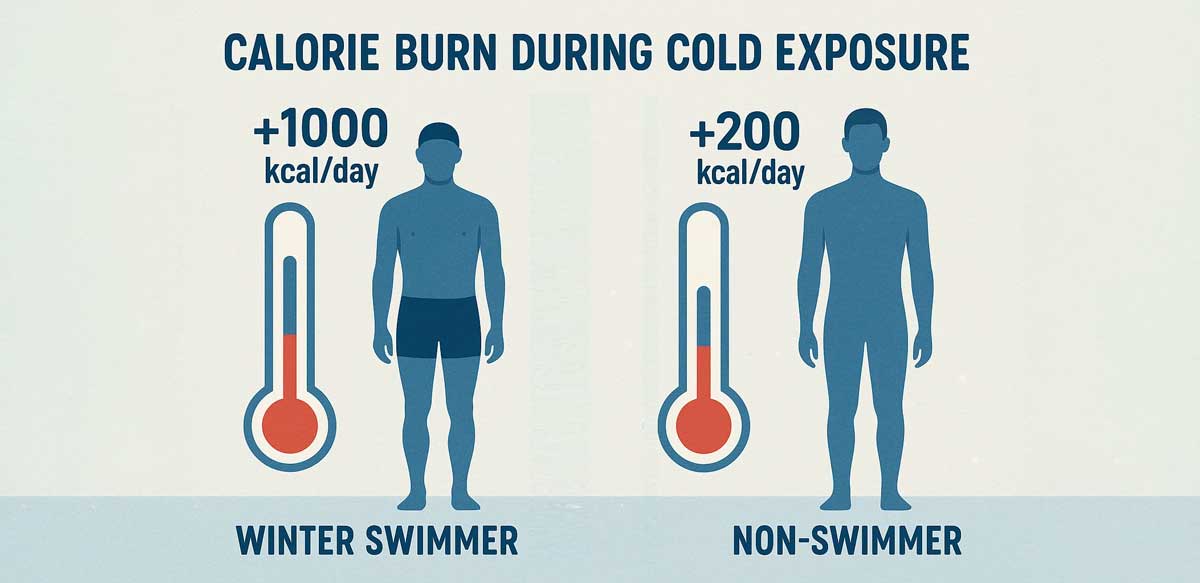
But when both groups were gently cooled (without shivering), the winter swimmers suddenly burned far more energy—up to 1000 extra calories a day.
That’s not a typo.
Despite their brown fat appearing “quiet” on scans, their bodies were cranking up the heat in a big way. Which brings us to…
2. The body adapts to both hot and cold
Winter swimmers weren’t just better at generating heat in the cold—they were also better at letting heat go when warm.
They had:
- Warmer skin on their hands, feet and torso during cold exposure (suggesting better blood flow)
- Higher skin temperatures over brown fat zones like the upper chest
- Lower core body temperatures at rest—likely thanks to sauna-induced heat acclimation
Their bodies seemed more flexible, more responsive. Less like a radiator stuck on full blast. More like a thermostat that actually works.
3. They burn fat—not sugar—for warmth
Here’s a key twist: both groups showed similar levels of glucose use in brown fat during cold, but the winter swimmers still burned far more energy overall.
Researchers believe the swimmers’ bodies were using fatty acids, not sugar, as their primary fuel for heat. In other words, they may be better at burning fat to stay warm—one reason cold exposure is increasingly being studied for metabolic and weight-related benefits.
4. Muscle helps out, too (quietly)
Winter swimmers also showed subtle muscle activation during cooling—but no shivering. That suggests non-shivering thermogenesis, where muscles gently increase activity to generate warmth.
Some even showed signs of glucose uptake in intercostal (rib) muscles, meaning their muscles were metabolically involved in the warming process.
So: it’s not just fat doing the work. Your muscles pitch in too.
5. Cold might even improve your sleep
Perhaps the most unexpected finding?
Winter swimmers had better overnight thermoregulation.
Their brown fat temperature dipped at night (as expected)—but then spiked again just before waking, around 4:30–5:30 a.m. This may be the body’s way of prepping for wakefulness—a sort of natural heating alarm clock.
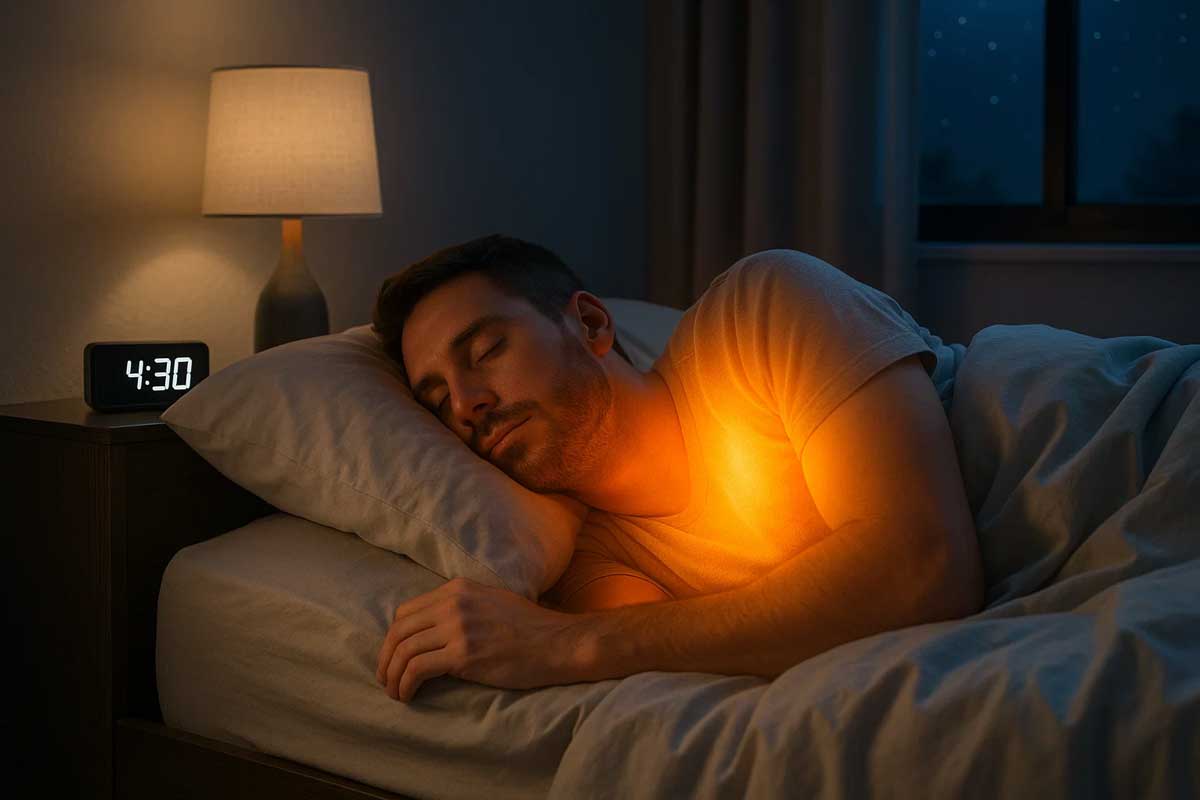
They also had lower cortisol levels at night and higher levels of IL-6, a hormone associated with restful sleep.
In short: their bodies were cooler, calmer, and better prepared to rise. Not bad for a few minutes in a freezing lake.
What does this mean for the rest of us?
No one’s saying you need to throw yourself into a frozen pond tomorrow. But the science here is clear:
Exposure to cold (especially paired with heat) helps your body become more efficient. It burns more energy, regulates temperature better, and might even support better sleep and fat metabolism.
And here’s the best bit: you don’t have to be a polar bear.
- Try a cold shower after a hot bath
- Alternate sauna and cold plunge (even a hose will do)
- Use an ice bath at home, then warm up in your hot tub
- Start with short bursts—30 seconds of cold is a great start
What we see at Hot Tubs Oxfordshire
We’ve always believed in the power of hydrotherapy—but lately, we’re seeing a shift.
More and more customers are asking about contrast therapy—combining heat (hot tubs, saunas, steam rooms) with cold (ice baths, plunge pools). And the science is catching up with what many of us feel: that this hot-cold dance makes us feel more alive.
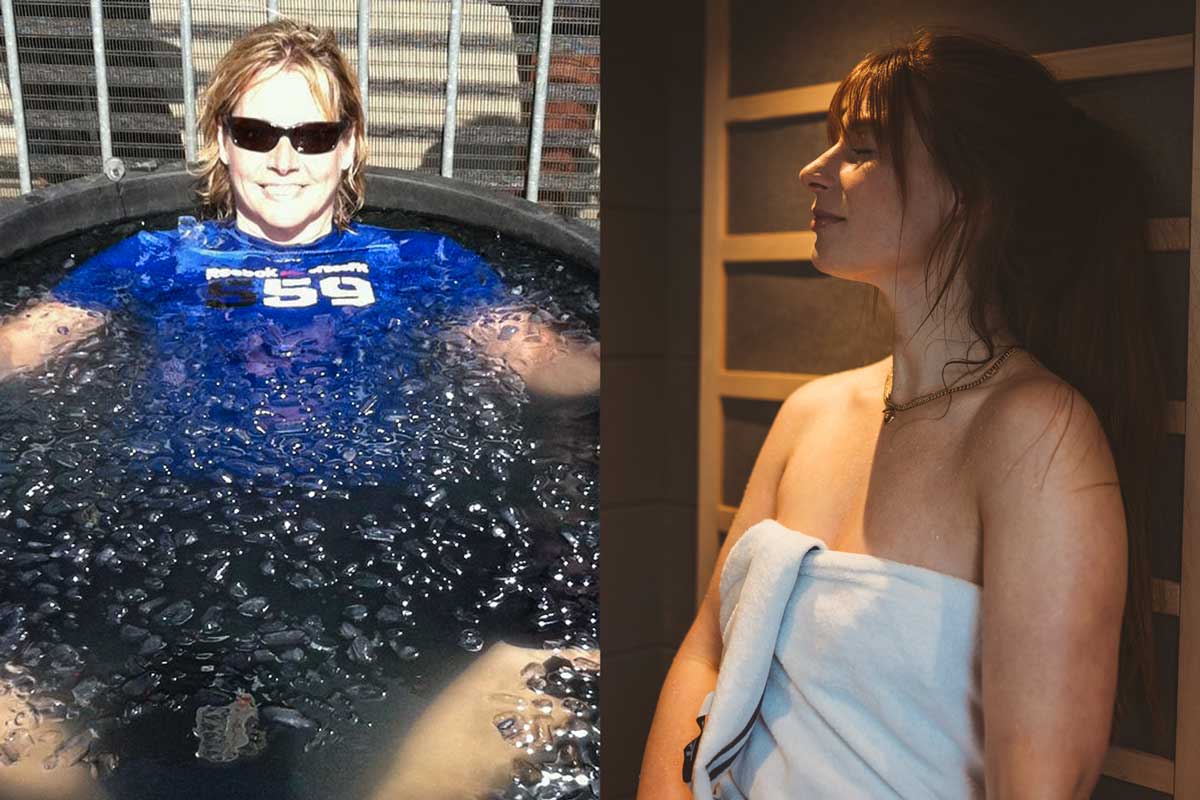
It’s not just about recovery—it’s about resilience.
That’s why we offer premium saunas, ice baths, and steam experiences alongside our signature hot tubs and swim spas. Because wellness doesn’t begin and end with a soak. It’s a rhythm.
Want to try it for yourself?
Come visit our Bicester showroom. We’ll walk you through:
- Ice baths (yes, you can try one—if you’re brave)
- Infrared and traditional saunas
- Steam rooms and hot tubs
No pressure. Just a friendly chat and a chance to see what feels right for you.
Whether you’re cold-curious or ready to plunge, we’ll help you make the most of your outdoor space—and your own brilliant biology.
Where’s all this info from?
Everything we’ve shared here is based on a peer-reviewed scientific study published in Cell Reports Medicine in 2021.
The study is titled:
"Altered brown fat thermoregulation and enhanced cold-induced thermogenesis in young, healthy, winter-swimming men"
Authors: Søberg, S. et al.
Available here:
https://doi.org/10.1016/j.xcrm.2021.100408
It was conducted by a team at the University of Copenhagen and offers one of the most detailed looks to date at how cold-water exposure affects human metabolism, thermoregulation and brown fat.

